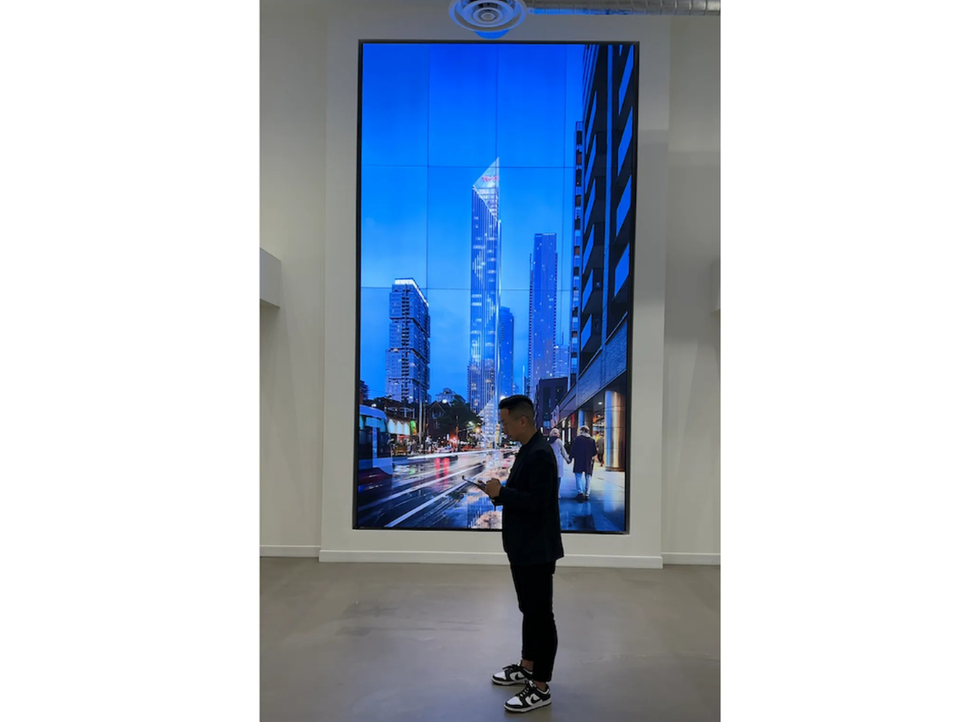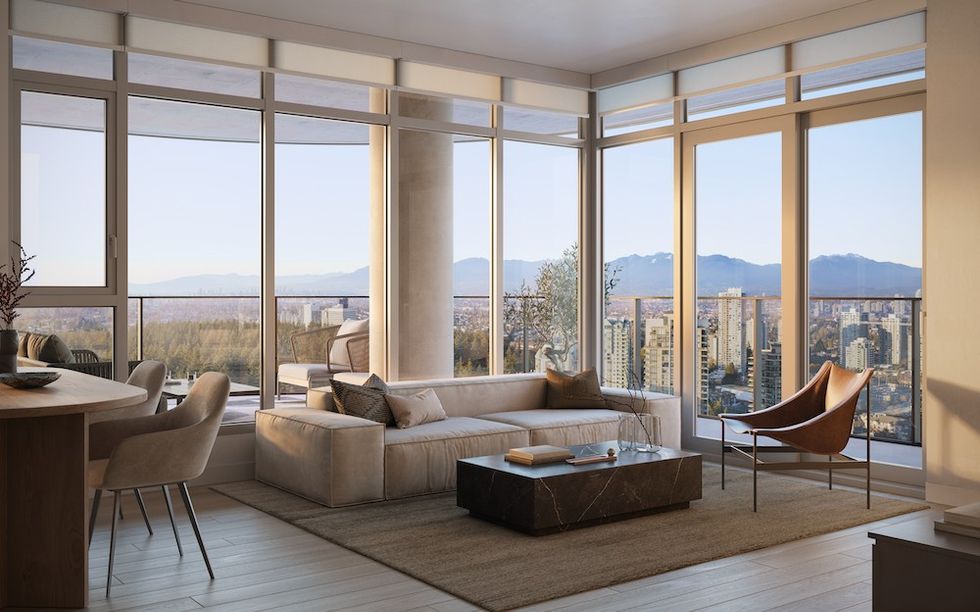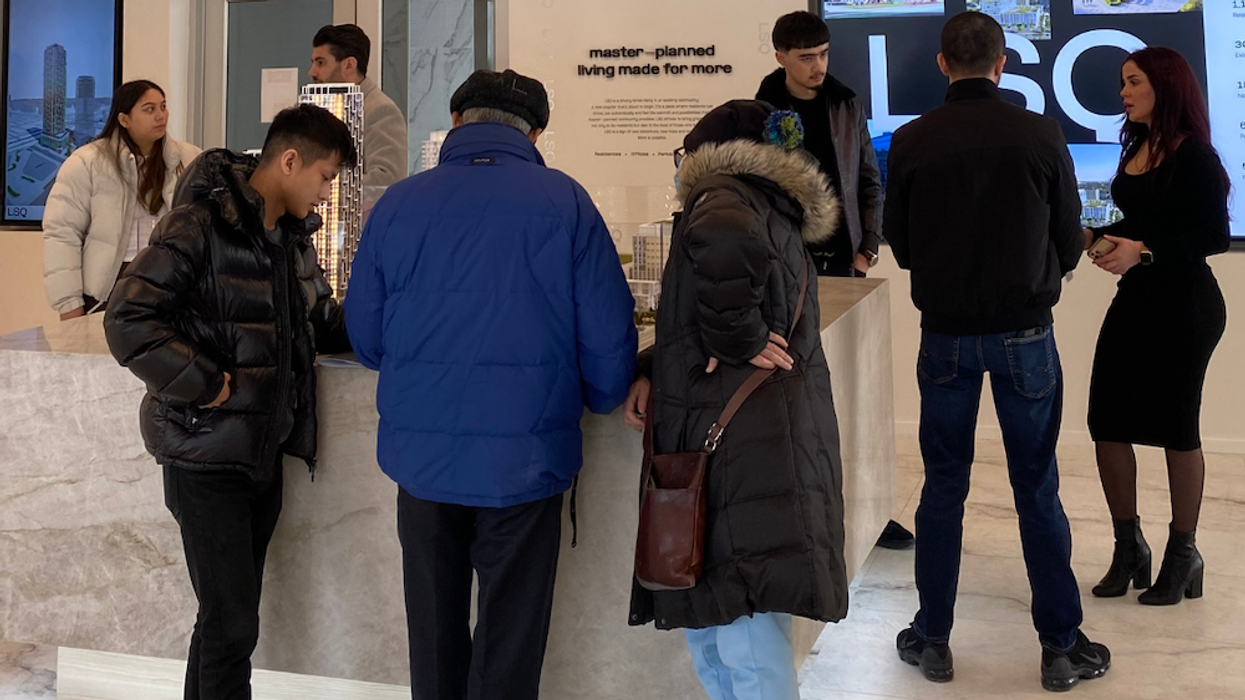The Greater Toronto Area (GTA) real estate market has always been dynamic, with various buyer segments driving demand. For a long time, investors were the primary target for developers, sales teams, and marketers.
However, the tide is turning.
Over the past two years, we have seen a clear shift toward end-user buyers — those who are looking for a home, not just an investment. This shift demands a different approach, especially when it comes to how projects are marketed and how buyers are engaged throughout the sales process.
As my team and I take on new projects, we’re increasingly involved in discussions that focus on the end-user experience. Developers, sales teams, and even interior designers are now asking, "What does the user experience look like when someone steps into the sales gallery?" and, "How can we draw people into an immersive experience?" These questions are becoming critical as developers recognize that potential homeowners require a different kind of engagement than investors.
Investors are often motivated by numbers; details like price, ROI, and future market potential. Their decision-making process tends to be more transactional, and the sales process is often faster, with less emphasis on the emotional aspect of owning a home. In contrast, end-user buyers are looking for a connection to the space. They want to envision themselves living there, understand the lifestyle, and feel confident that this is the right environment for their needs.
READ: Process Makes Perfect: How One PropTech Firm Continually Builds Excellence
The Enhanced Sales Gallery Experience
Creating a deeper connection with end-user buyers requires an elevated sales gallery experience. Developers are now focused on making the sales gallery more than just a sales office; it’s becoming a fully immersive environment that allows buyers to step into their potential future home.
In response, our team at Blackline has built two new immersive applications to enhance the sales gallery experience.
Blackline Realm is a first-ever ultra-high-definition 3D model that allows potential buyers to explore a given project within its vibrant neighborhood, and from every angle, offering a true sense of realism.
Blackline Cast, meanwhile, allows sales teams to cast content onto any enabled large screen, creating an interactive, immersive experience, at scale.
These two tools help create a more engaging experience. They are able to draw potential buyers into the space, providing a realistic picture of what living there would be like, and help them make informed decisions with confidence.

Visualizations That Touch On Emotion
Visualization and renderings have also evolved to cater to this shift in audience. For years, the industry’s renderings focused heavily on communicating specific features or value propositions aimed at investors. Today, however, the focus has shifted toward telling a more emotional and relatable story. We are collaborating with developers and designers to create renderings that resonate with end-user buyers by emphasizing a "lived-in" feel. The goal is no longer just to highlight the sleek design of a space, but to create a sense of warmth and life, making it easier for buyers to envision themselves living there.
For example, interior renderings are now designed to feel more organic, removing the overly staged, picture-perfect, sterile feel. Instead, there’s a humanization factor at play — introducing elements of everyday life into the visuals. A coffee cup left on the table, a cozy throw on the couch — these small details help potential buyers imagine the space as a home, not just an asset.
Overall, the entire visualization package for a project has become more holistic. Along with static renderings, projects now include a variety of elements, like animation videos and detailed close-up shots of architectural features. These visual tools are aimed at promoting not just the quality of the product, but also the functionality of the spaces, in a way that feels both aspirational and attainable.

A Comprehensive Marketing Approach
For end-user buyers, the entire marketing and sales process must work together to paint a clear picture of what life will be like in their new home. They require multiple touch points to be assured that their future home offers the right balance of comfort, convenience, and lifestyle amenities. After all, buying a home is one of the biggest financial decisions most people will ever make.
As the market shifts, so too must the approach to real estate sales and marketing. By crafting narratives and experiences that resonate on a personal level, we can create a deeper connection with potential homeowners, ultimately making the buying process more engaging and human-centred.
______________________________________________________________________________________________________________________________
This article was produced in partnership with STOREYS Custom Studio.





















